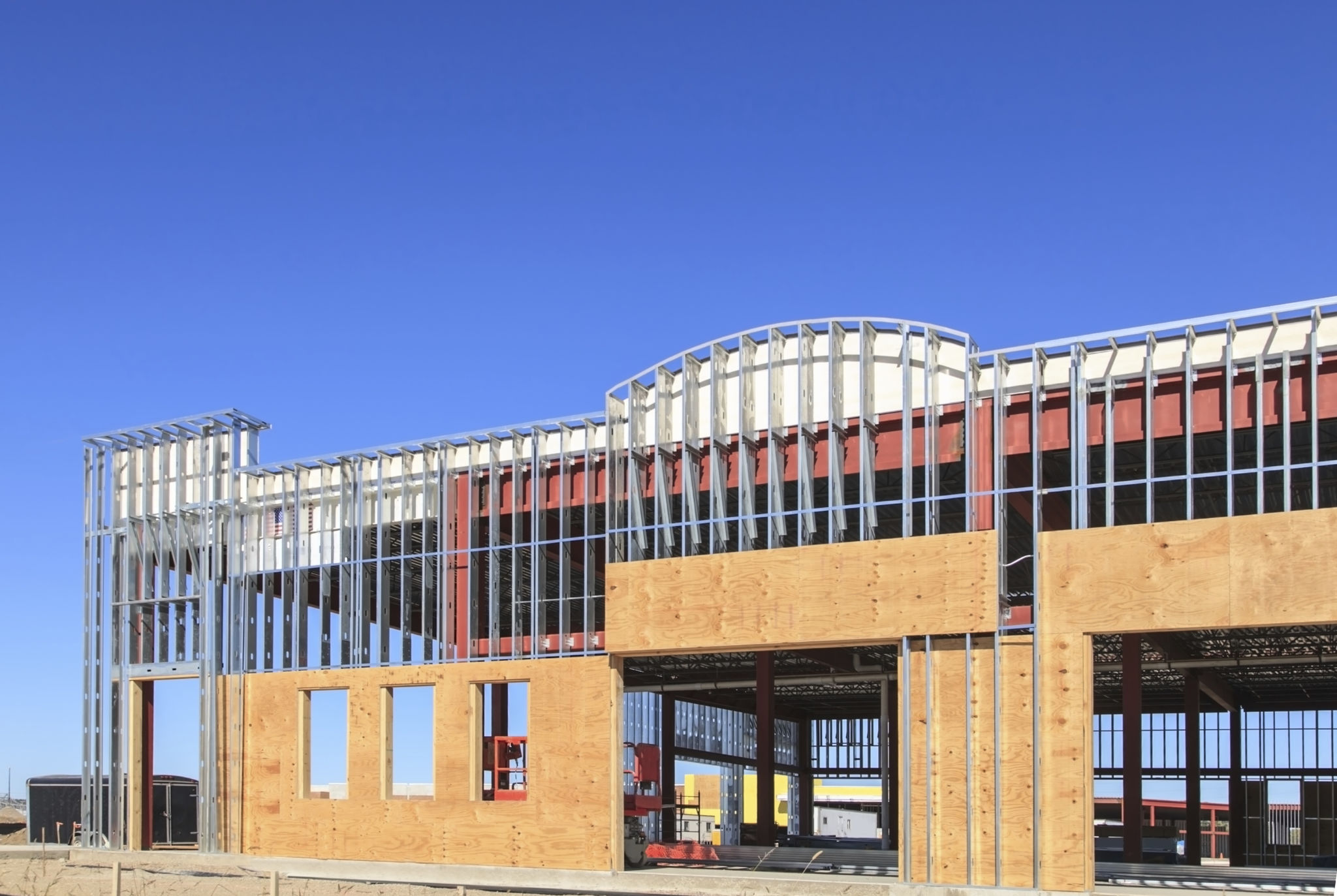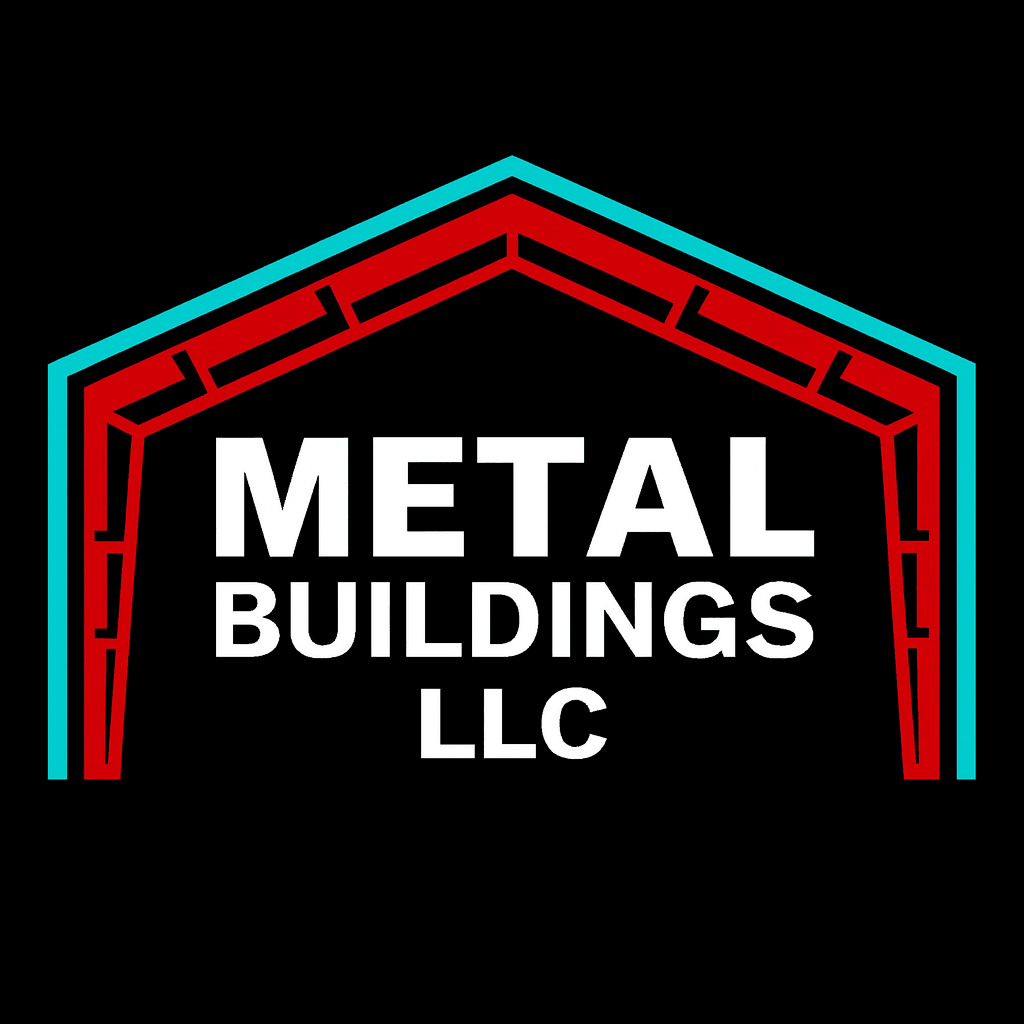How to Choose the Best DIY Metal Building Kit for Your Needs
Understanding Your Needs
When considering a DIY metal building kit, the first step is to clearly understand your needs. Are you looking for a garage, workshop, or perhaps a storage shed? The intended use will significantly influence your choice. Assess factors like size requirements, weather conditions in your area, and any specific features you might need.
If you plan to store vehicles or large equipment, ensure the building is spacious enough to accommodate them comfortably. Additionally, consider the accessibility of the site where the building will be erected. If you're unsure about sizing, it's always better to opt for a slightly larger kit to avoid space constraints in the future.

Material Quality and Durability
Not all metal building kits are created equal. The quality of materials used in the kit is crucial for the longevity and durability of your structure. Look for kits made from high-quality steel, as it offers excellent resistance to rust and corrosion. Galvanized steel is particularly beneficial if you live in an area prone to harsh weather conditions.
Additionally, check for any warranties offered by the manufacturer. A good warranty is often an indicator of the confidence the manufacturer has in their product's durability. Remember, investing in a higher-quality kit may save you money on repairs and maintenance in the long run.

Ease of Assembly
One of the primary appeals of DIY metal building kits is their ease of assembly. However, this can vary between manufacturers. Before purchasing a kit, review the assembly instructions and any available resources such as video tutorials or customer support services.
If you're new to DIY projects, it might be beneficial to choose a kit that comes with detailed instructions and minimal required tools. Some kits also offer pre-cut and pre-drilled components to simplify the assembly process further. This can significantly reduce the time and effort needed to complete your project.
Cost Considerations
The cost of a DIY metal building kit can vary widely based on size, material quality, and additional features. It's important to set a budget before you start shopping and stick to it. Consider not only the upfront cost but also any additional expenses such as foundation work or insulation.
Comparing prices from different suppliers can help you find the best deal. However, be cautious of kits that seem significantly cheaper than others, as this may indicate lower quality materials or hidden costs. It's essential to balance affordability with quality to ensure long-term satisfaction with your purchase.

Customization Options
Customization can be an important factor if you have specific aesthetic or functional requirements for your metal building. Many suppliers offer options for different colors, roofing styles, and additional features like windows or doors.
Consider what customizations are necessary for your intended use and environment. For example, additional ventilation might be needed for a workshop, while insulation could be crucial if you're planning to use the building year-round.
Supplier Reputation
The reputation of the supplier is another key consideration when choosing a DIY metal building kit. Research customer reviews and ratings online to gauge the experiences of past buyers. A reputable supplier will offer reliable products and good customer service.
You might also want to check if the supplier provides technical support or after-sales services in case you encounter any issues during or after assembly. A company that stands behind its products will generally offer excellent support to its customers.

Environmental Impact
With growing awareness of environmental issues, it's important to consider the ecological impact of your construction project. Look for suppliers that use sustainable practices and materials in their kits. Some companies offer options for recyclable or eco-friendly materials.
Additionally, consider how energy-efficient your finished building will be. Insulation and appropriate ventilation can reduce energy consumption for heating and cooling, making your metal building more environmentally friendly over time.
